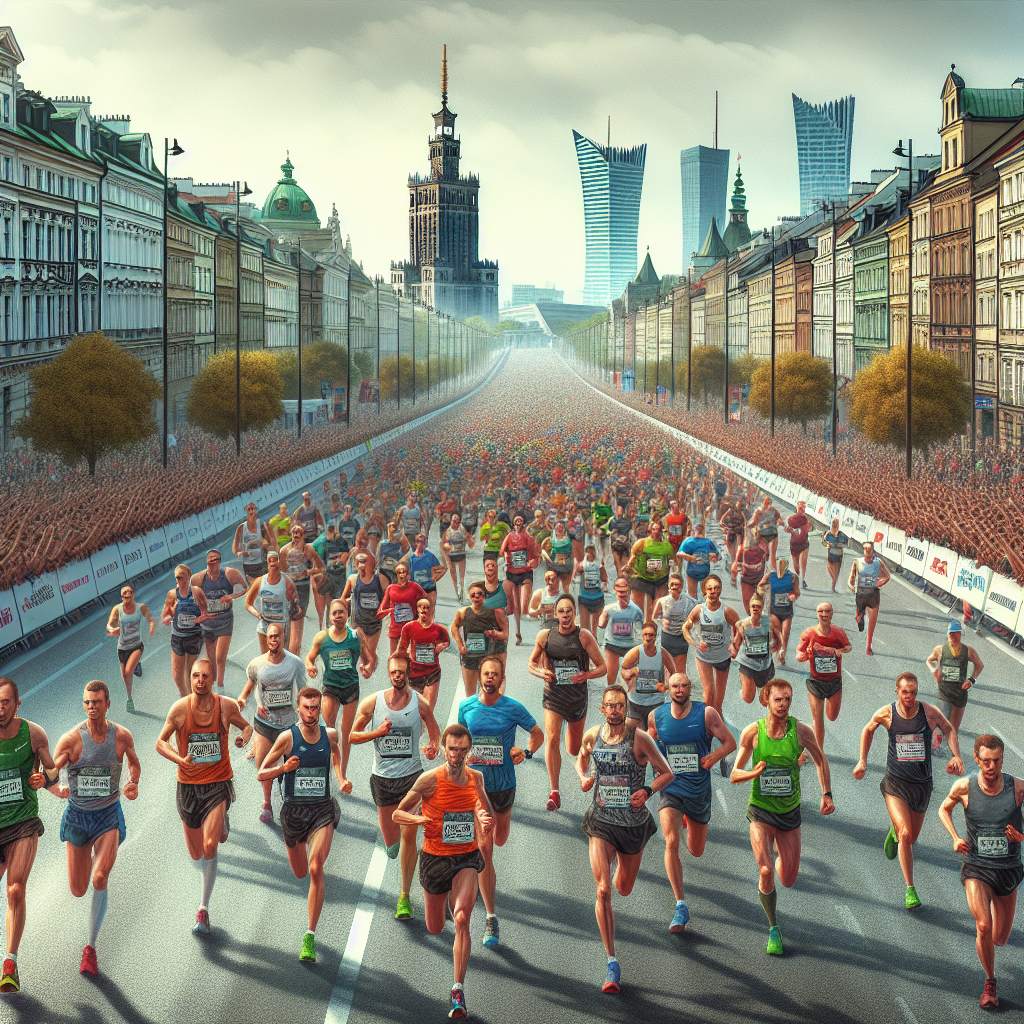Running 21 kilometers might not be everyone’s idea of a perfect Sunday, but the Warsaw Half Marathon has got thousands tying their laces each March and hitting the streets of Poland’s vibrant capital. This event is not just about dodging street vendors or trying not to trip on cobblestones; it's a pulsating race through the heart of a city rich in history and modern culture. The Warsaw Half Marathon first kicked off in 2006 and has grown into one of the most popular races in Poland, drawing both locals and international runners each year to test their endurance and soak up the dynamic urban scenery.
Warsaw has always been a city of resilience and transformation; it’s been rebuilt not just once but multiple times over the course of history. Participating in the half marathon means running past remnants of both war and peace, where every sidewalk has its own stories. Unlike other marathons that might feel like a strenuous slog through dull landscapes, the routes in Warsaw take runners through picturesque avenues and significant historical landmarks such as the Royal Castle, the majestic Vistula River, and the iconic Palace of Culture and Science.
Runners from all around the globe flock to this event, with many citing the race's incredible atmosphere as a major draw. In a city known for its cold winters, the marathon is a breath of fresh air. Usually held in the early spring, it offers a chance to witness the city waking from its frosty slumber, with blooming flowers and the cheery bustle replacing the dreariness of winter. The course is peppered with cheering crowds, vibrant music, and motivational displays, providing a euphoric experience even if you find yourself gasping for air at the 15th kilometer.
Despite its undeniable charm, not everyone sees the hype. Critics argue that marathons, in general, inconvenience city dwellers, with streets closed off for hours, causing delays and disrupting public transport. For them, the marathon represents a hassle that does more harm than good in an already busy city. Plus, for a generation that's increasingly focused on environmental sustainability, events like this bring about concerns over the carbon footprint left by participants worldwide traveling just to run. While these concerns are valid, they invite a broader conversation on balancing tradition with innovation. The city does what it can to offset impacts, with options like electric shuttles taking athletes to the starting lines and recycling stations set up to minimize waste.
For those running, it’s not just about physical fitness or ticking an item off the bucket list. The Warsaw Half Marathon is about solidarity. Many participants line up for causes, raising awareness and funds for charities or running in memory of loved ones. This sense of personal mission and community engagement turns the event into something much more meaningful than just a physical challenge.
Training for such a race means investing months in preparation. This isn’t merely about stamina; it’s about strategy, diet, and mental preparation. The old adage of “mind over body” is tested on race day. For inexperienced runners, the latter stages of the half marathon can become a mental battle to keep moving forward and resist the urge to quit.
The inclusive nature of the event can't be overstated. Sections of the marathon highlight the accessibility efforts, with wheelchair racers and participants with disabilities also given a chance to shine and show that the spirit of the marathon is not just about speed but perseverance across all walks of life.
Social media platforms like Instagram and TikTok buzz with images and videos of participants celebrating their achievements post-race. It’s a wonderful representation of the event's community spirit, capturing the excitement and relief of making it to the finish line. Besides, the sights of Warsaw provide impressive backdrops that ensure these moments are #InstaWorthy.
Choosing to run in the Warsaw Half Marathon is a multifaceted decision. It's a challenge on the body's capability, a spiritually fulfilling experience as part of something larger, and a unique opportunity to engage with a city of historic proportions. While dissenters might remain, caught up in the logistics and environmental concerns, the event continues to be a symbol of athleticism and camaraderie. Through this race, Warsaw doesn't just host a half marathon; it narrates a story of a city alive with the pulse of runners, a story that both respects the past and races toward the future.

